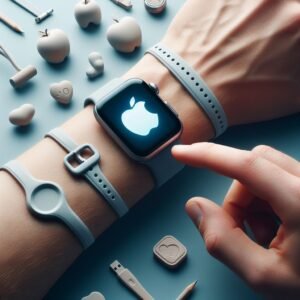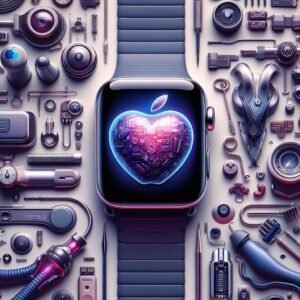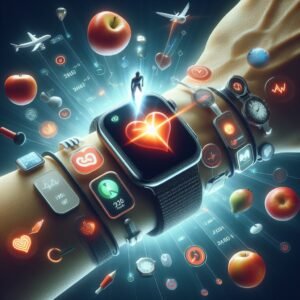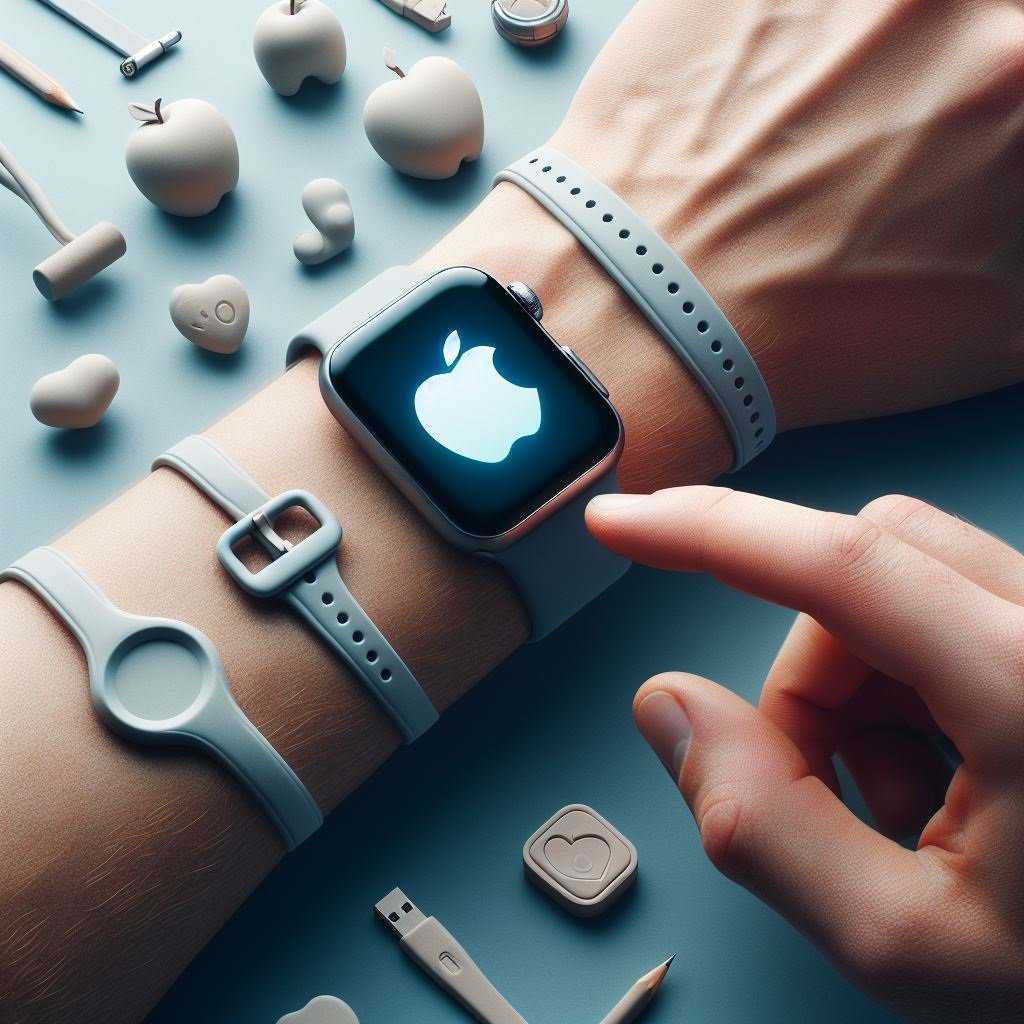Apple Watch: Blood Oxygen Detection
 The Apple Watch, a popular wearable device, is reportedly about to take a significant leap forward in its health monitoring capabilities. According to a report from 9to5Mac, snippets of iOS 14 code suggest that the Apple Watch might soon be able to detect blood oxygen levels.
The Apple Watch, a popular wearable device, is reportedly about to take a significant leap forward in its health monitoring capabilities. According to a report from 9to5Mac, snippets of iOS 14 code suggest that the Apple Watch might soon be able to detect blood oxygen levels.
Blood Oxygen Detection: A New Frontier
The code indicates that the Apple Watch could alert the wearer if their blood oxygen saturation drops below a certain threshold. This feature, if realized, would be a valuable addition to Apple’s health arsenal, joining the ranks of the EKG, heart rate monitor, menstruation tracker, and fall detection features.
A Comprehensive Health Monitoring Tool
The addition of blood oxygen detection would further solidify the Apple Watch’s position as a comprehensive health monitoring tool. It would provide users with another layer of health data, potentially alerting them to serious conditions that could otherwise go unnoticed.

Apple vs. Fitbit: The Race for Health Features
Interestingly, Fitbit, another major player in the wearable technology market, added a blood oxygen monitoring feature to its Versa, Iconic, and Charge 3 wearables in January. This move by Apple could be seen as a response to Fitbit’s advancements, highlighting the competitive nature of the wearable technology market.

The Future of Apple Watch
While Apple has not yet responded to requests for comment, the potential addition of a blood oxygen detection feature signals the company’s continued commitment to health and wellness. As we await further developments, one thing is clear: the future of the Apple Watch is looking brighter than ever.
What is blood oxygen saturation?
Blood oxygen saturation, often referred to as “O2 sat”, is a measure of the amount of oxygen that is dissolved or carried in your blood. The human body requires and regulates a very precise and specific balance of oxygen in the blood.
For most healthy adults, a normal oxygen saturation level is between 95% and 100%234. If the oxygen saturation level drops below this range, it could mean that your body isn’t getting enough oxygen to function properly.

Oxygen enters your body when you breathe in (inhale) and passes through your lungs into your bloodstream. Once in your bloodstream, the oxygen is transported to cells all over your body. All of your cells need oxygen to create energy efficiently, and your body needs energy to fulfill all of its processes, such as digestion and even thinking.
After your cells use the oxygen, they create carbon dioxide. Your bloodstream then carries the carbon dioxide back to your lungs, and you breathe it out (exhale) through your mouth or nose3.
Low blood oxygen levels, also known as hypoxemia, can lead to many serious conditions and damage to individual organ systems, especially your brain and heart. Therefore, maintaining a healthy oxygen saturation level is crucial for your overall health.
What are some symptoms of low blood oxygen levels?
Low blood oxygen levels, also known as hypoxemia, can lead to a variety of symptoms. Here are some common symptoms that someone with hypoxemia may experience:
- Shortness of breath
- Rapid breathing
- Fast or pounding heartbeat
- Headache
Difficulty breathing or shortness of breath (dyspnea)
- Coughing
- Wheezing
- Confusion
- Bluish color in skin, fingernails, and lips (cyanosis)
- Please note that these symptoms can be serious and require immediate medical attention. If you or someone else is experiencing these symptoms, especially if there’s an underlying lung or heart condition, it’s important to seek medical help immediately
How can I measure blood oxygen levels with Apple Watch?
You can measure your blood oxygen levels using the Blood Oxygen app on your Apple Watch Series 6 or later12. Here’s how you can do it:
Set up the Blood Oxygen app: Open the Settings app on your Apple Watch. Tap Blood Oxygen, then turn on Blood Oxygen Measurements1.
Measure your blood oxygen level: Open the Blood Oxygen app on your Apple Watch. Rest your arm on a table or in your lap, and make sure your wrist is flat, with the Apple Watch display facing up. Tap Start, then hold your arm very still during the 15-second countdown. At the end of the measurement, you receive the results1.
Please note that the Blood Oxygen app measurements are not intended for medical use1. They are designed for general fitness and wellness purposes2. If you have any health concerns, it’s always a good idea to consult with a healthcare provider.
Also, the Blood Oxygen app is not available for use by people under 18 years old12. You can confirm or set up your age in your Medical ID1.
buy a watch: https://amzn.eu/d/iGyQgH3
For more information, you can refer to the Apple Support articles on how to use the Blood Oxygen app on Apple Watch Watch – Apple (IN)
people also read:
BUDGET LAPTOP FORCODING UNDER 50000 IN 2024

Leave a Reply